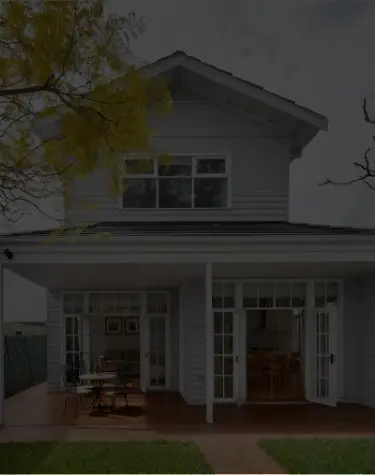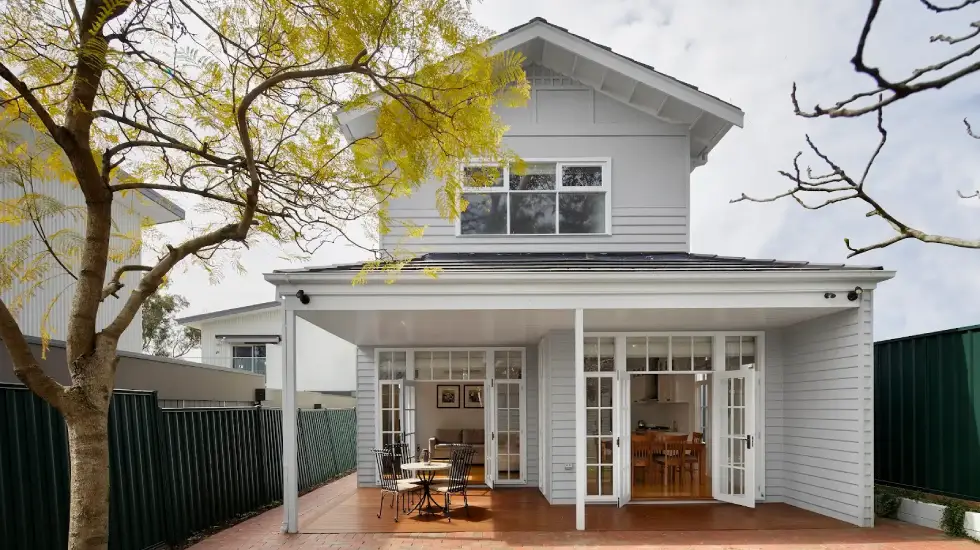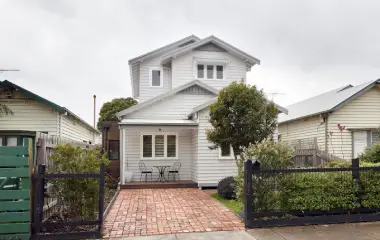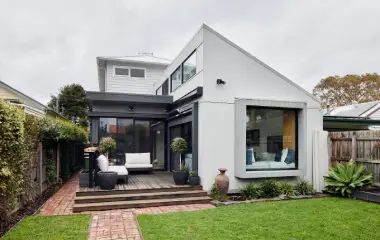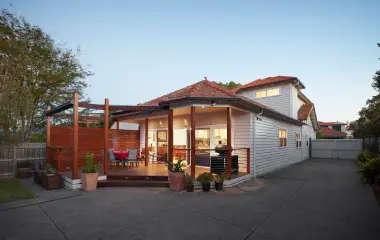Building an extension is a detailed process, and even the best-laid plans can evolve as work progresses. That’s where variations come in. At Supa Group, we believe that understanding variations during a build helps homeowners make informed decisions and stay in control of their project.
This blog will outline everything you need to know about variations. And if you’re looking for more on variations when building your extension, take a look at our visual guide.
What are variations in a building contract?
In simple terms, variations are changes made to the original building agreement after it’s been signed. These can include alterations to design, materials, or construction methods. Understanding the variations in a building contract is key to avoiding confusion or conflict later in the build.
Variations are a normal part of construction, but they must always be handled carefully. According to Consumer Affairs Victoria, all changes to the contract must be documented and agreed upon in writing before work proceeds. This ensures clarity and protects both the homeowner and the builder throughout the process.
Common reasons variations occur during a build
Variations can happen for several reasons. On-site discoveries drive some, while others come from client preferences or regulatory requirements. Common reasons for building variations include:
- Discovering unforeseen site conditions, such as soil issues or structural challenges.
- Material substitutions or shortages.
- Adjustments are needed to meet the new council or compliance standards.
- Client-requested design or layout changes.
- Updated pricing or availability of products.
- Requests for upgrades or premium finishes.
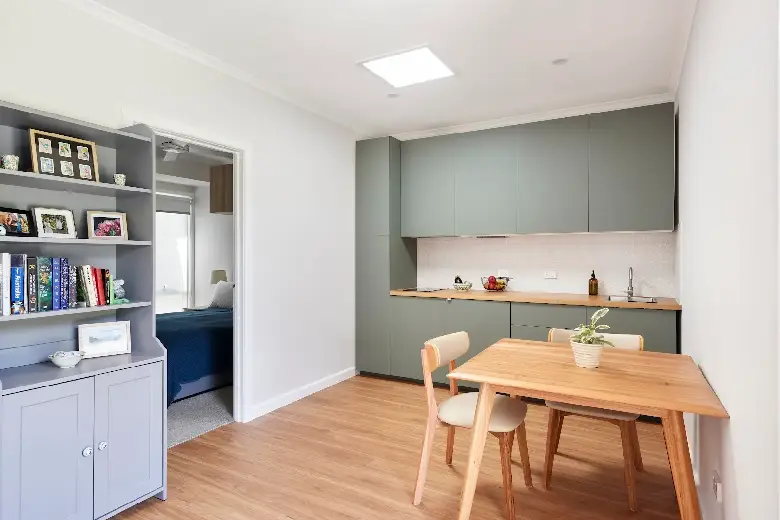
How Supa Group manages unexpected site conditions
At Supa Group, we take a proactive approach to managing site conditions during construction. We follow a clear process to ensure any discovery or change is handled transparently and efficiently.
Stage 1: Identify and document the issue
When unforeseen conditions arise, our team immediately investigates the situation. We carefully document what’s been found, including any structural, soil, or design implications. This ensures nothing is overlooked and that every potential impact on your project is fully understood from the start.
Stage 2: Assess potential solutions
Once the issue has been recorded, we consult our in-house experts (designers, engineers, and project managers) to explore the most practical and cost-effective solutions. Each option is carefully evaluated for feasibility, efficiency, and compliance with building standards.
Stage 3: Communicate options with the client
Clear communication is key to maintaining trust. We present the situation to you with complete transparency, outlining what’s happened, the available options, and any changes to cost or timing. You’ll always have the information needed to make an informed decision.
Stage 4: Implement and monitor changes
After you approve the chosen solution, our team will update the construction plan and execute the change with precision. We continue to monitor progress closely, keeping you informed every step of the way so your project remains on schedule and on budget.
This structured process allows Supa Group to maintain control and prevent minor site discoveries from becoming major disruptions.
Client-requested variations and design changes
Homeowners sometimes request changes during the build to better align the project with their vision. Supa Group makes these client-requested variations straightforward by following a consistent communication and approval process:
- Every request is reviewed for feasibility and impact on the build.
- Design and cost implications are discussed before any change is approved.
- Adjusted plans are documented and added to the project file.
- Work only proceeds once the client has approved the changes in writing.
This approach keeps the project flexible while maintaining accountability and transparency.
Why all variations must be approved in writing
Keeping a clear paper trail protects both the client and builder. Written approval ensures there’s no ambiguity about what was agreed to or how it affects the project. Before any variation moves forward, both parties must sign off, as required by the Victorian Building Authority.
Here’s a quick checklist to follow when approving variations:
- Review all details of the proposed change.
- Ask how it will affect the budget and timeline.
- Confirm that revised plans reflect your request accurately.
- Ensure both you and your builder sign the updated document.
How variations affect cost and project timelines
Variations can impact a project’s budget and schedule in different ways. The key is understanding how variations affect building costs and planning accordingly.
- Cost implications: Some variations may increase expenses if they involve new materials, rework, or additional labour. Others might reduce costs if work is removed or simplified.
- Timeline impacts: Plan adjustments can extend timelines due to approvals, material sourcing, or workflow changes. However, with proactive management, Supa Group ensures any delay is minimal.
Our transparent approach means you always know how each variation affects your project’s progress and budget.
The role of communication and transparency in managing variations
Successful management of building variations relies on clear communication. Supa Group keeps homeowners informed through every stage, using our established building process to maintain alignment between design, construction, and client expectations.
We believe in open dialogue, frequent updates, and providing documentation for every change so clients always understand the 'why' behind each decision.
[free_consultation]
Discuss your ideas with our design team and discover how we can help bring your home extensions to life.
[/free_consultation]
How Supa Group reduces the likelihood of variations
Our goal is to reduce building variations by planning thoroughly before construction begins. During the design phase, we use detailed site inspections, realistic cost estimates, and accurate engineering assessments to anticipate potential challenges.
This preparation minimises surprises, reduces costly changes, and allows for smoother, more predictable builds, whether it’s a ground-floor extension or a second-storey extension.
The Supa Group difference: clarity, control, and client confidence
At Supa Group, clarity and communication are central to everything we do. Our transparent process ensures that you’re always in control, even when variations arise. We provide clear documentation, realistic expectations, and consistent updates to keep your project moving without surprises.
From the first consultation to the final inspection, our focus on the building process is what gives clients confidence. We also help homeowners explore their ideal home styles, floor plans, and options to extend vs knockdown and rebuild before the build even begins.
With Supa Group, you can trust that every stage of your extension will be managed with professionalism, precision, and complete transparency.
[case_studies]
See our work for yourself
Explore the quality and craftsmanship behind our home extensions. From modern ground-floor upgrades to spacious second-storey additions, our projects showcase seamless construction.
[/case_studies]


